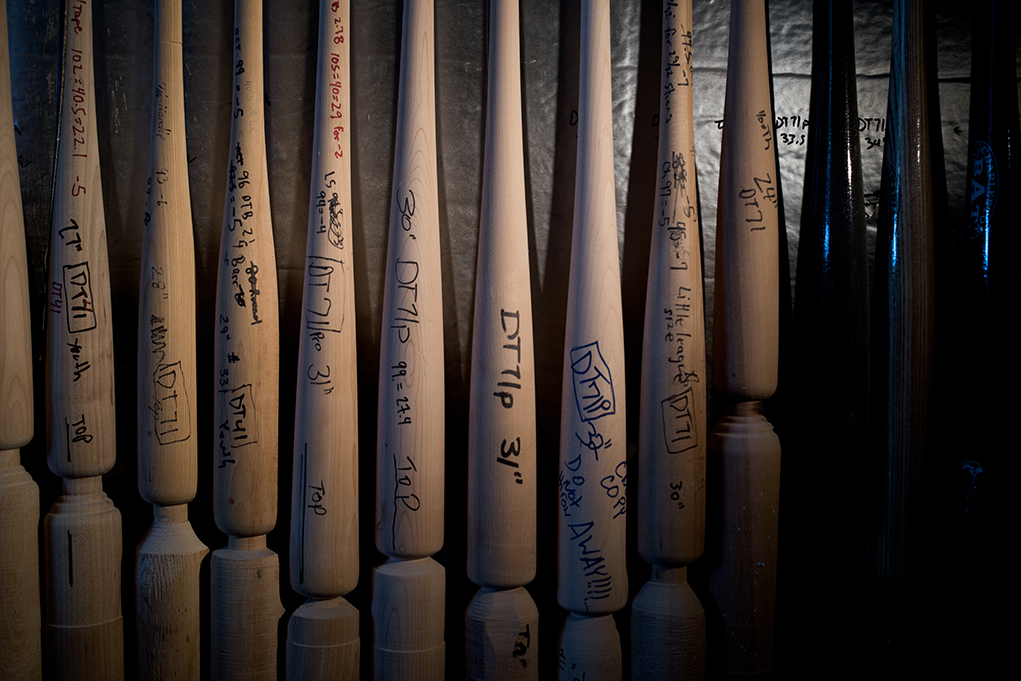
Building an image library is a top priority for any brand that wants to tell their story effectively and connect with their target audience.
You likely already know that quality, relevant, custom images are no longer a ‘nice to have’. Your content—specifically, your visual content—is your advertising.
In short: Your visuals are your brand.
The gatekeepers are gone and you—the independent businessperson, the marketing professional—are in charge of your own media channels.
Remember Spider-Man: With great power comes great responsibility.
All of the digital tools, many free or nearly so, are at your fingertips. Are you purposefully telling the story of your brand: what you do, why you do it, what sets you apart? Or are you hoping that your haphazard efforts will cause others to automatically ‘get’ you?
If you’re using someone else’s images, words or campaigns, then you’re not telling your own unique story. You’re in the best position to do so.
Cutting through the Noise
People react and connect with authenticity. A stock image isn’t likely to make anyone sit up and take notice, but a real moment, whether shot on an iPhone or a Hasselblad that costs more than your car.
What you Need When you Need it
Content marketing is built on consistently delivering targeted content that is on-brand and on-message. Having an image library means you’ve always got good content that can work for your purposes. Without one, your marketing is going to be less consistent, less frequent and less impactful.

Gives Structure and Meaning
Having a plan for your visuals and keeping your brand story in mind automatically provides a structure and gives purpose to your photo shoots. Instead of floundering you’ll be producing relevant content that’s meaningful to your brand and useful for the forseeable future.
What are your Seasons?
Every business has seasons. Periods of high or low volume. Cycles of growth and cycles of maintenance. Holidays. When are your seasons? When do you tend to get new clients, and why? When do you tend to be focused on new initiatives and what external events can you build content to match?

Evergreen Content
A good image library has a mix of content which may include video as well as still images. Some is very specific for a campaign, a product, a season, or a person or team. Other images are more ‘evergreen’, meaning they can be used any time of year or perhaps for years to come. They are classic and timeless. Chief among these are……
….Details
Get lots of details. These are the visual metaphors that may punctuate a blog post or marketing piece in a more powerful way than can otherwise be done. These give a sense of your point but allow the audience to fill in the blanks. They aren’t specific to a person, a time, or a location and designers (web and print) love them because of their versatility and timelessness.

Imperfect Shots and Unscripted Moments
I’m not suggesting that the only way you can build an image library is by hiring a professional photographer (like me or my ilk) or spending all of your time producing elaborate photo shoots. A carefully-managed, well thought-out campaign will include professionally-produced content where appropriate and will have a place for less-scripted, less technically perfect images taken by you, your staff, others in your organization, clients, or the public. Depending on your brand, this may be necessary. There should be a place for both.
Less is More
I love crafted, long-form films and videos. The reality is, even if Martin Scorcese produced your video, if it’s longer than three minutes I’d have a hard time watching it. One minute would be better. In fact, video snippets are sometimes the best of all. These short blurbs may get more engagement than longer ones and can be easily done, leading to more consistent content over time. So do video…but keep it super short, as in this behind-the-scenes clip that shows one of the hazards in making custom wooden baseball bats:
Behind the Scenes
Show us visuals that takes us places we wouldn’t normally go. Show us the secret sauce that makes it all work in your organization: the team members, the interactions, the tools, the back warehouse. Show us how the sausage is made, showing the care and the humanity that go into a great product or service.

Faces, People!
People love to see other people. Show them faces. If you make a product or sell a service, show us the faces and lives of the people whose lives are improved by your brand. Show us what your brand means reflected in the faces of your fans, customers, clients, or even your team members.

Keep it Real
If your job is to promote your brand or company, then you can get caught up in your product or service features. Instead, let your visuals show your people, your products, your brand, out in the real world. That’s the one the rest of us inhabit. Some brands seem to lend themselves to this sort of approach, like Nike, but even law firms, hospitals, and others can do this. They just may have to be a bit more creative and less obvious–exactly the criteria needed to create interest and connection.
